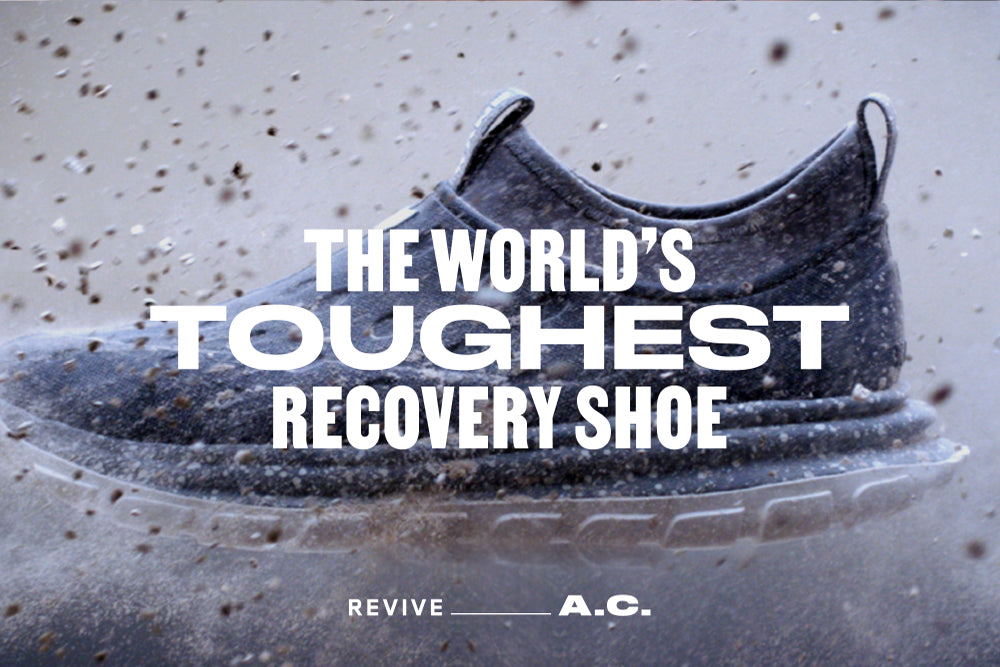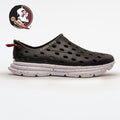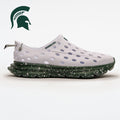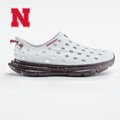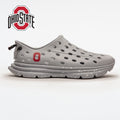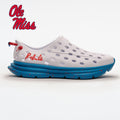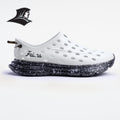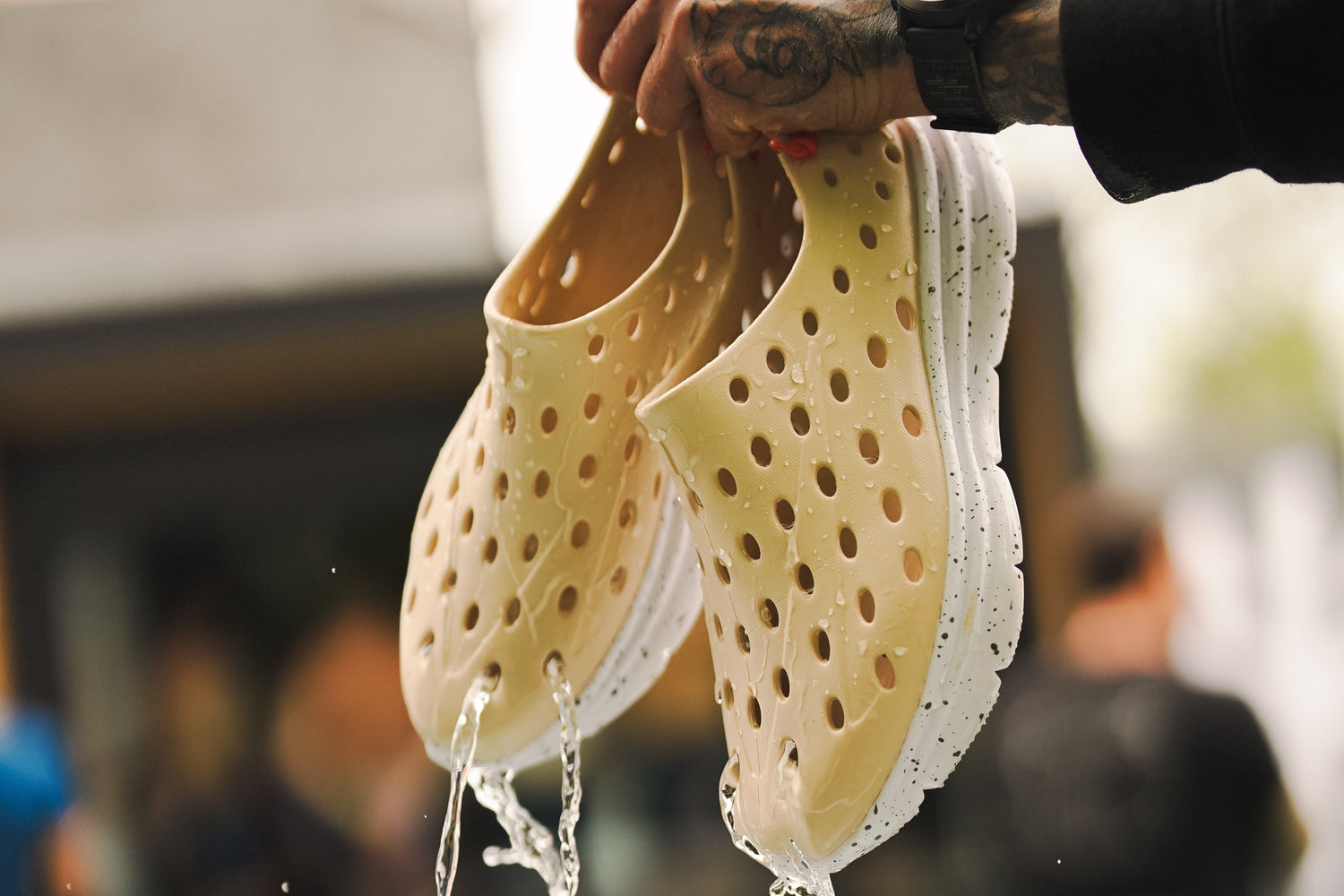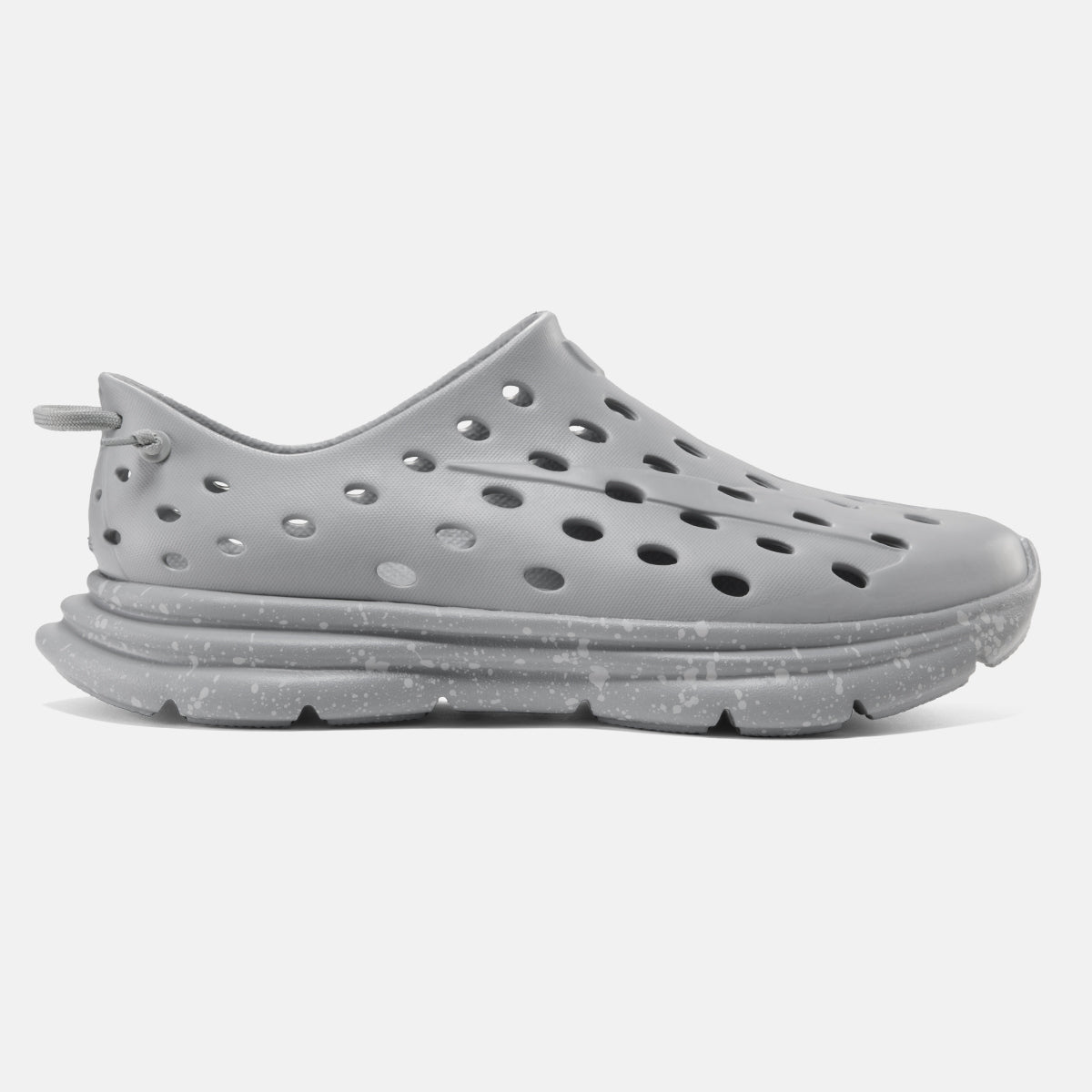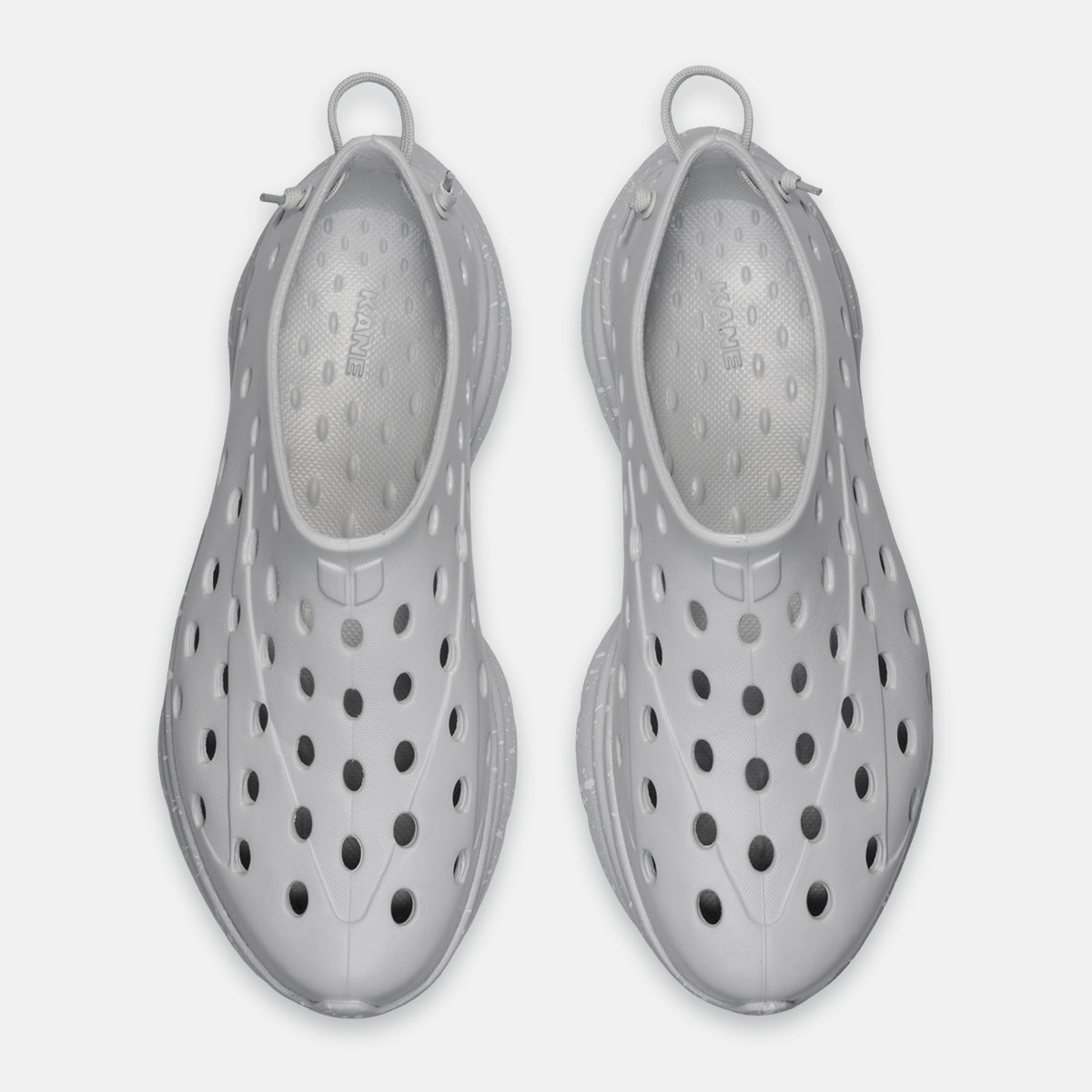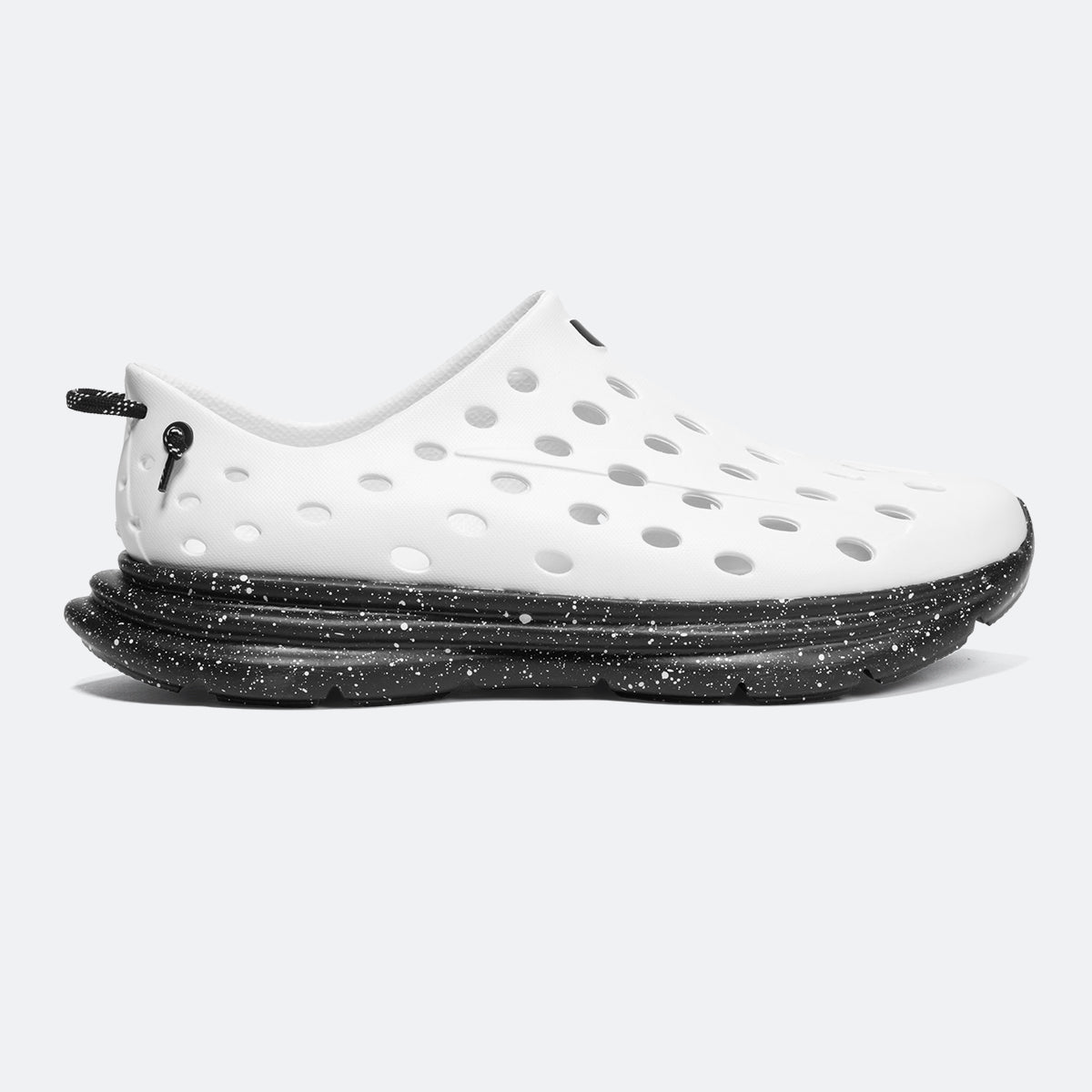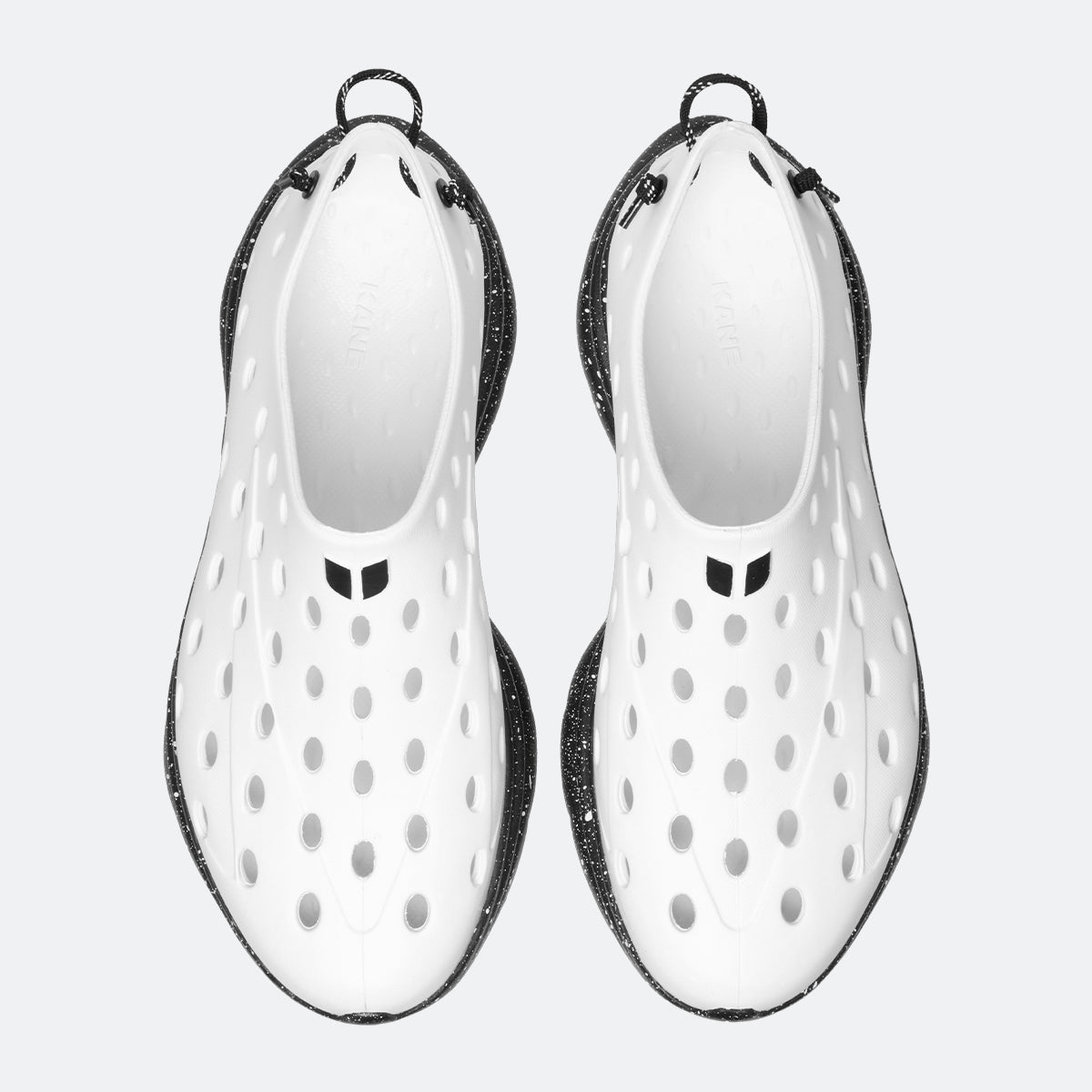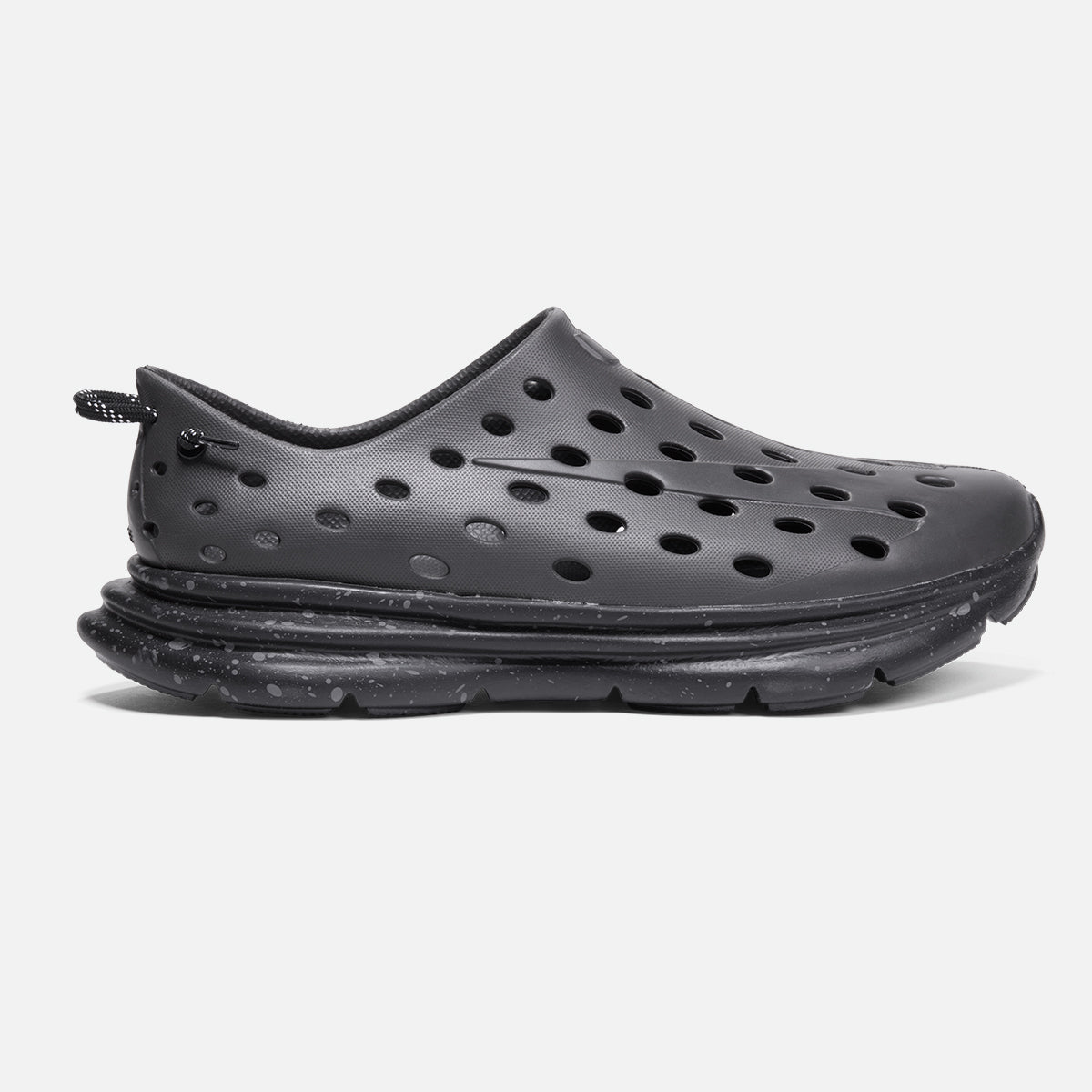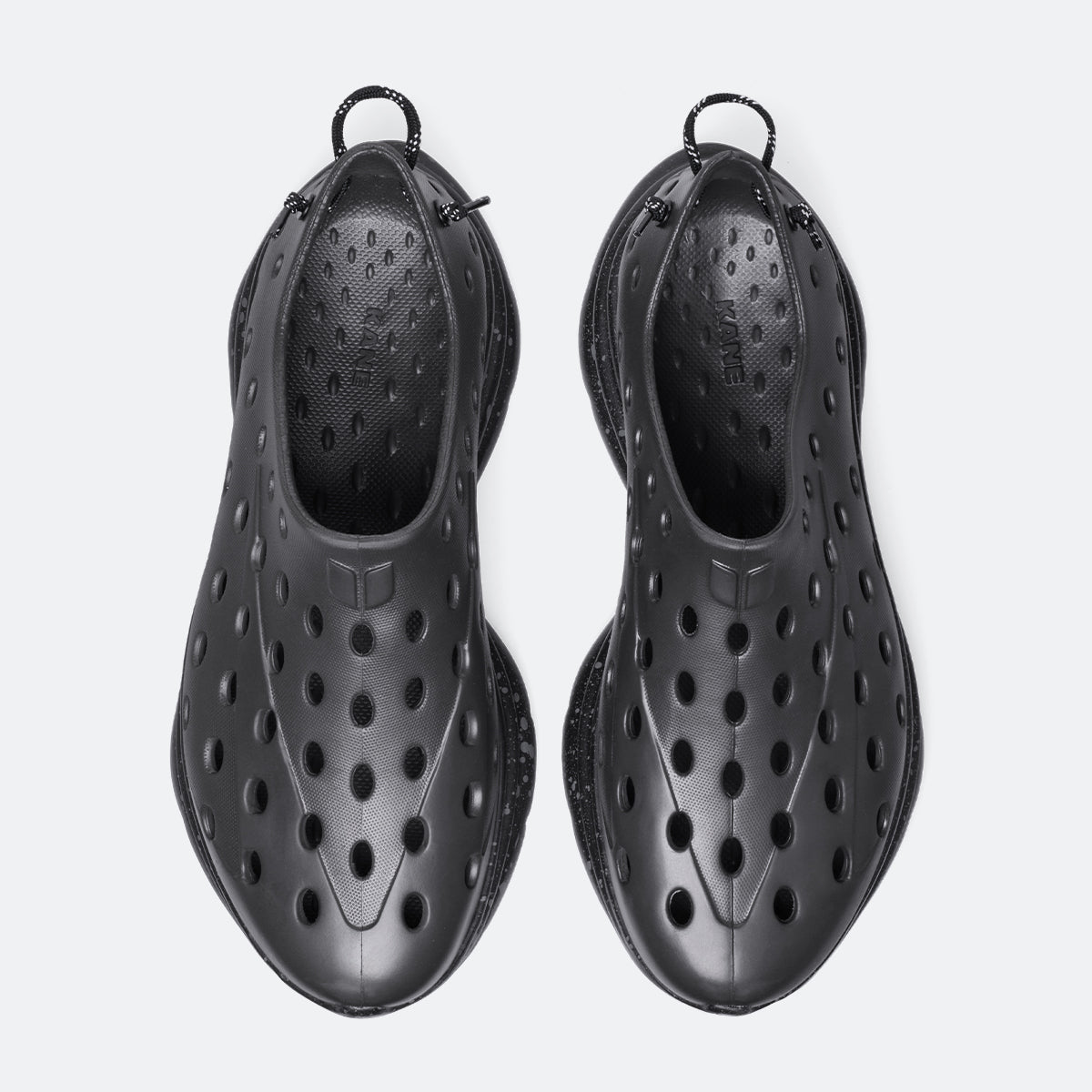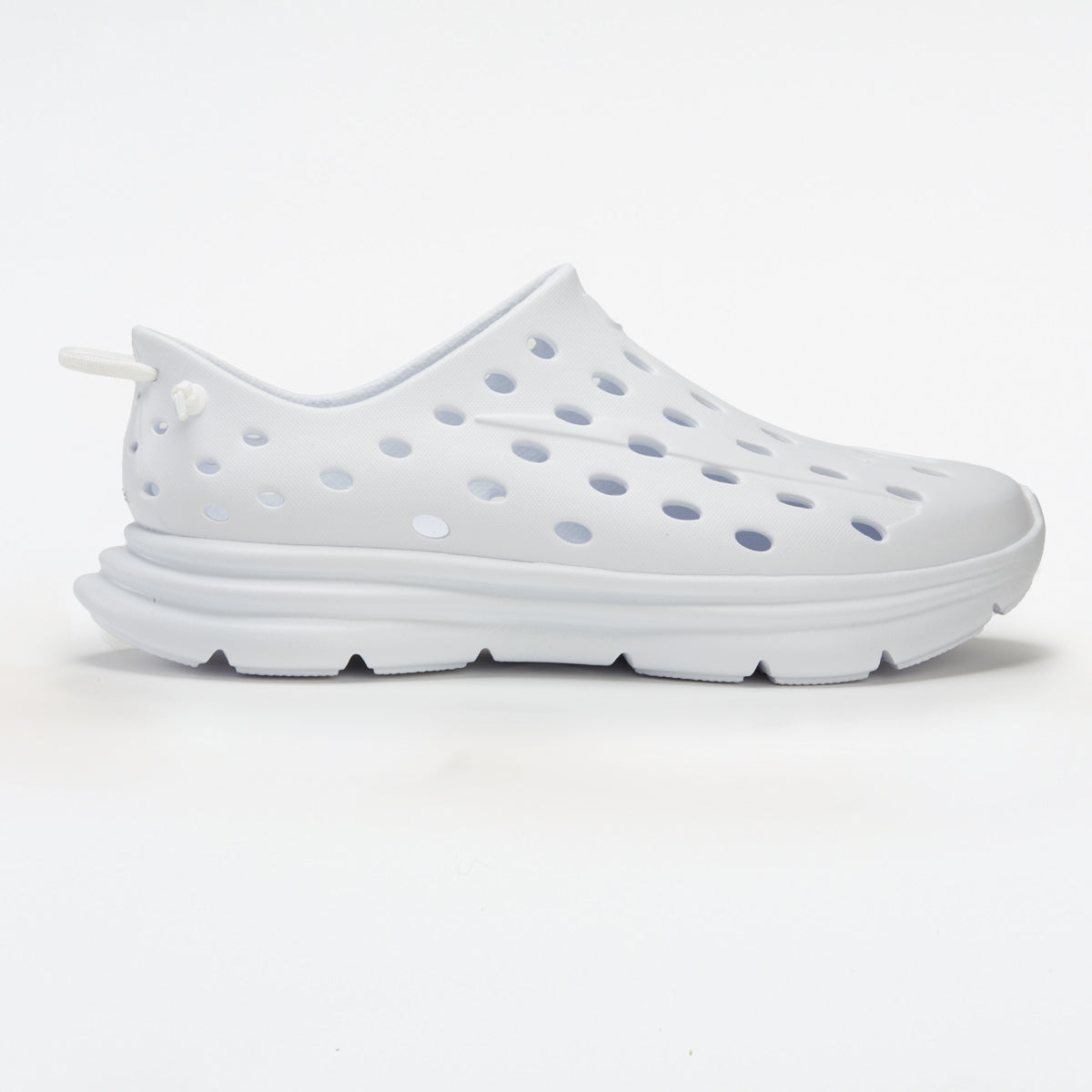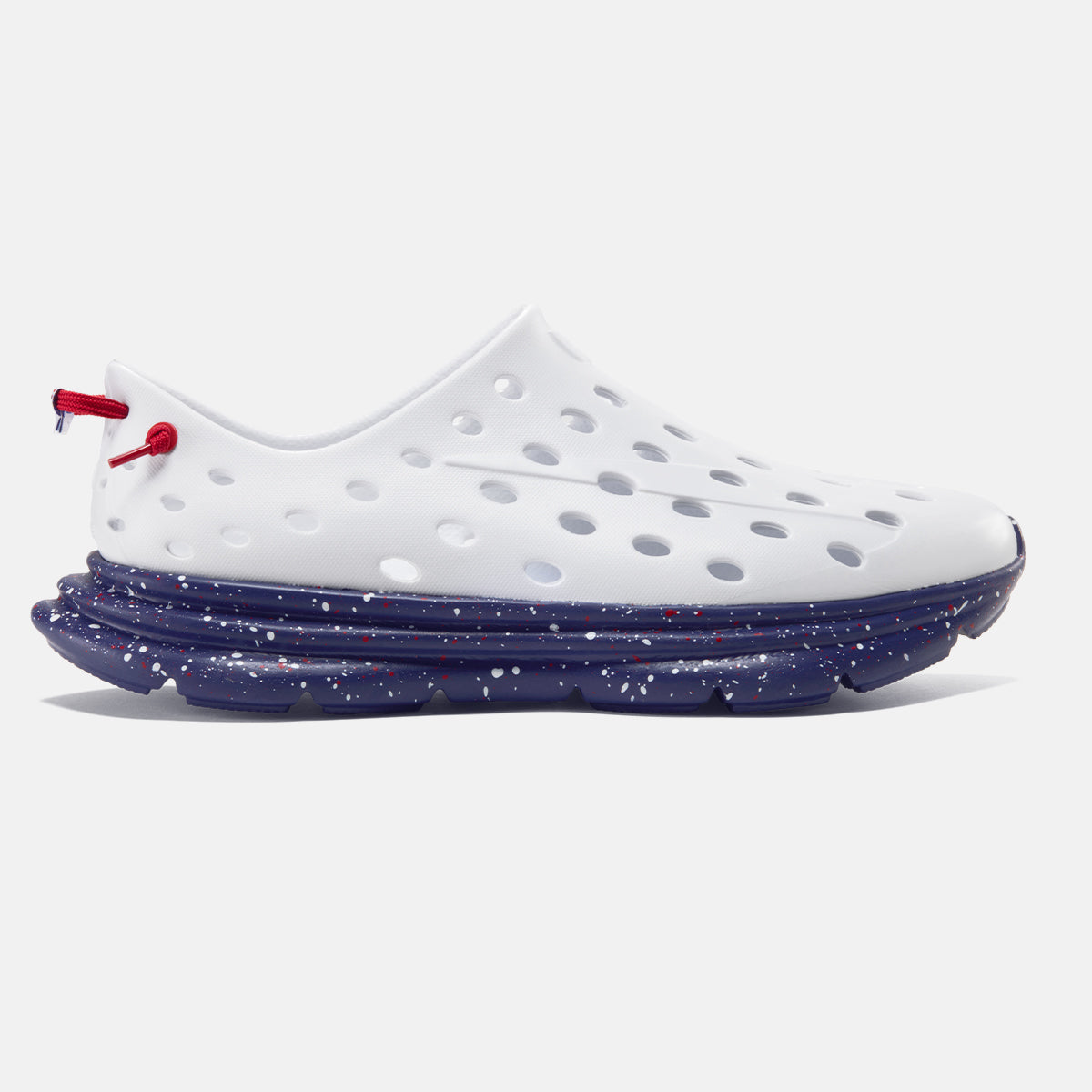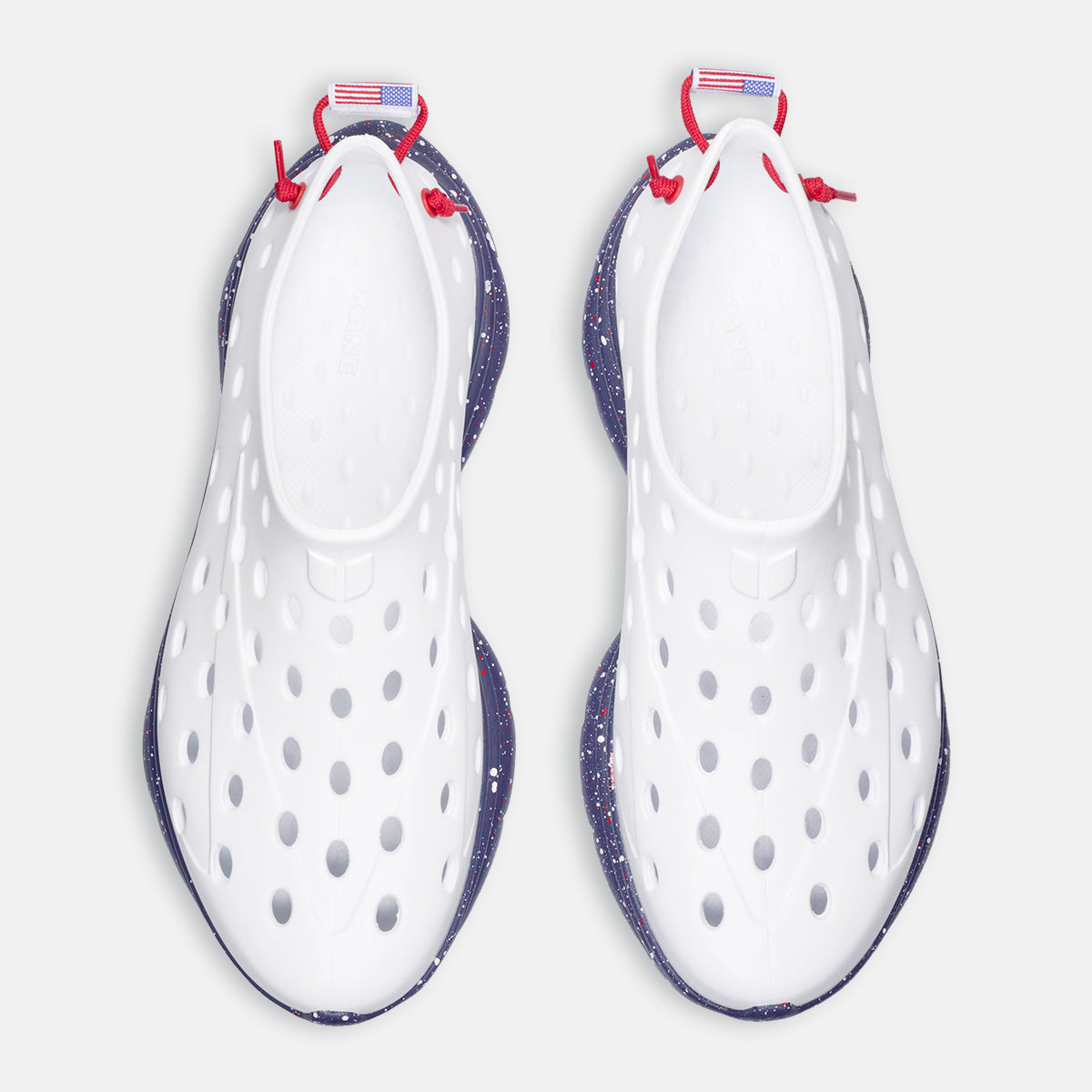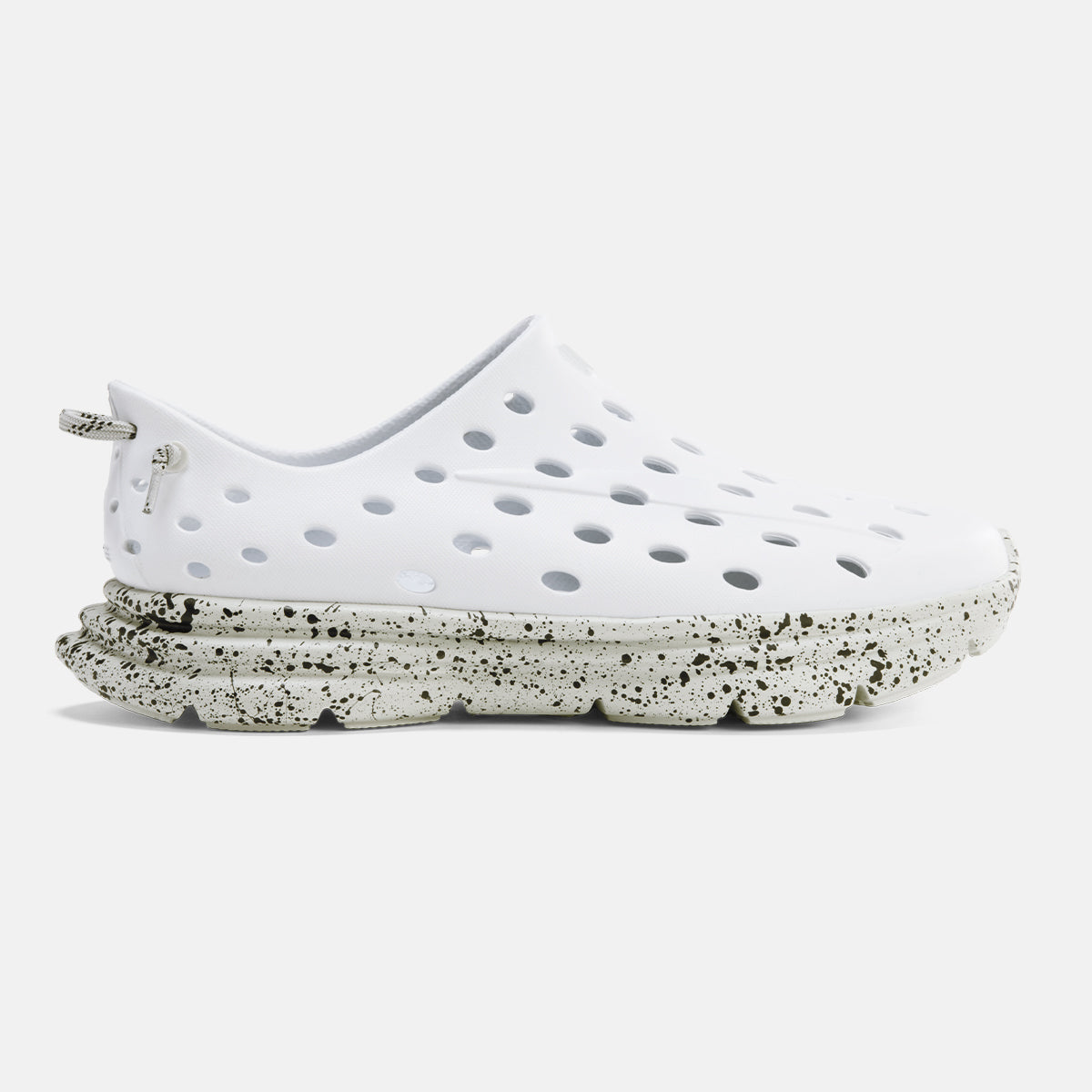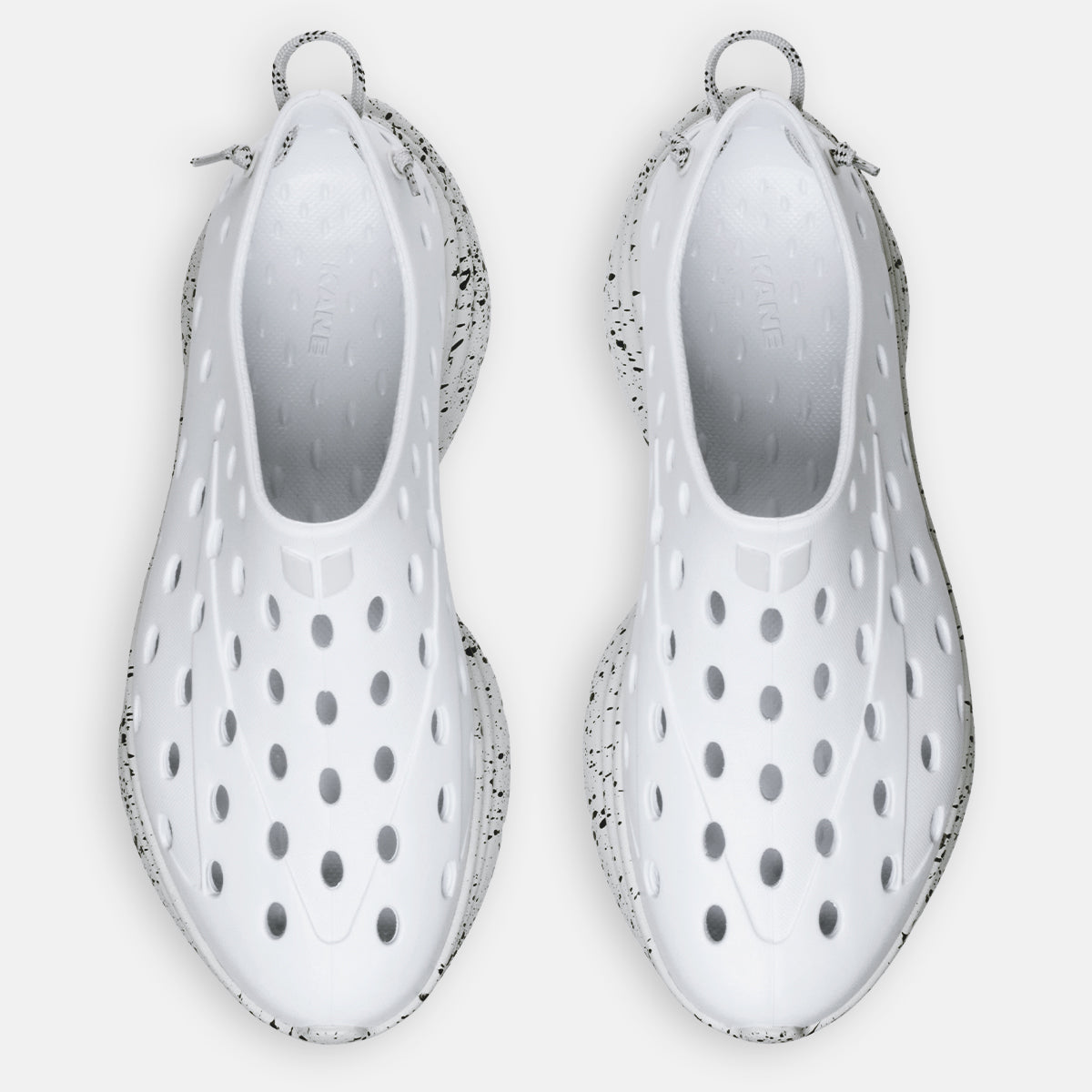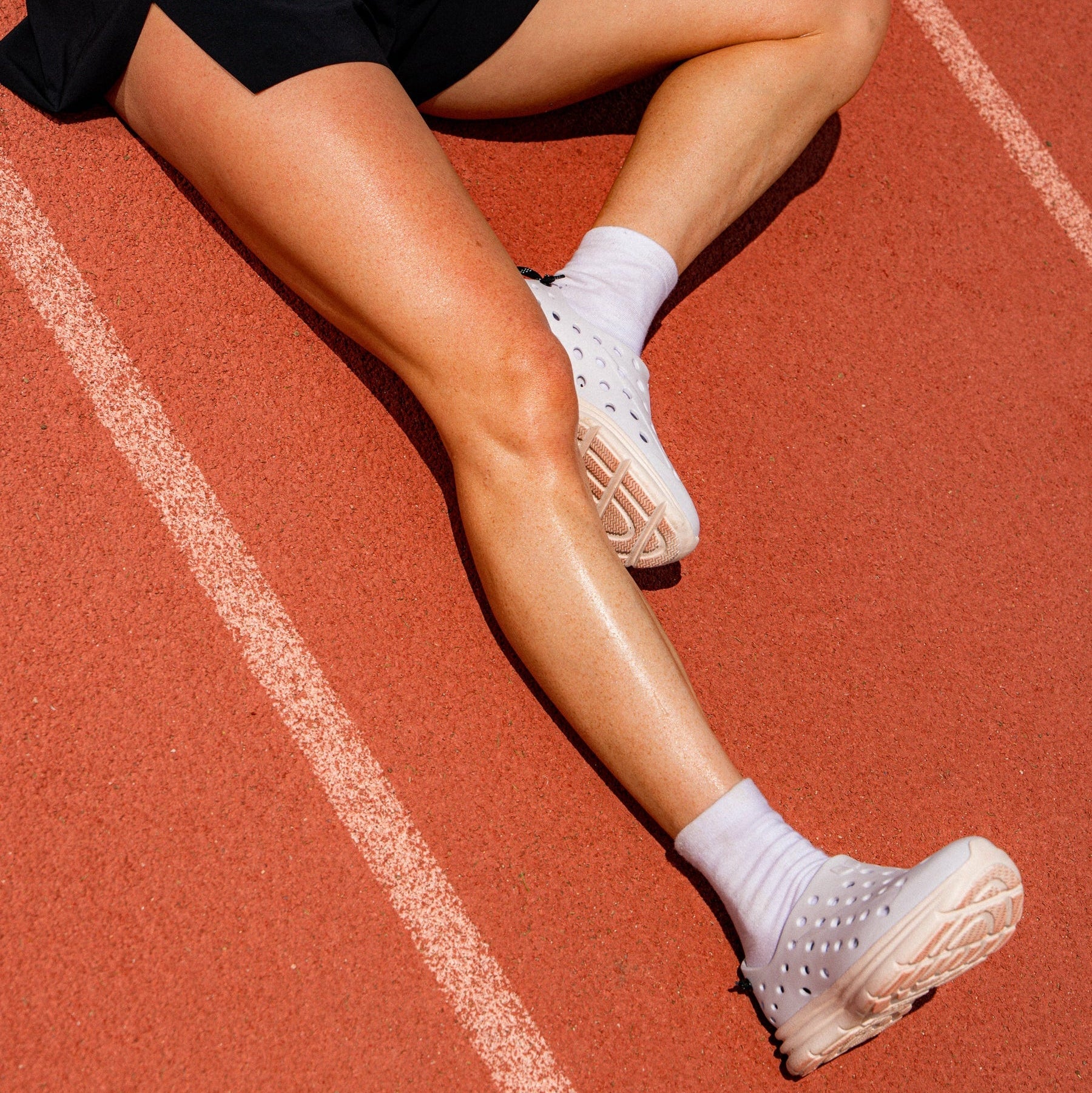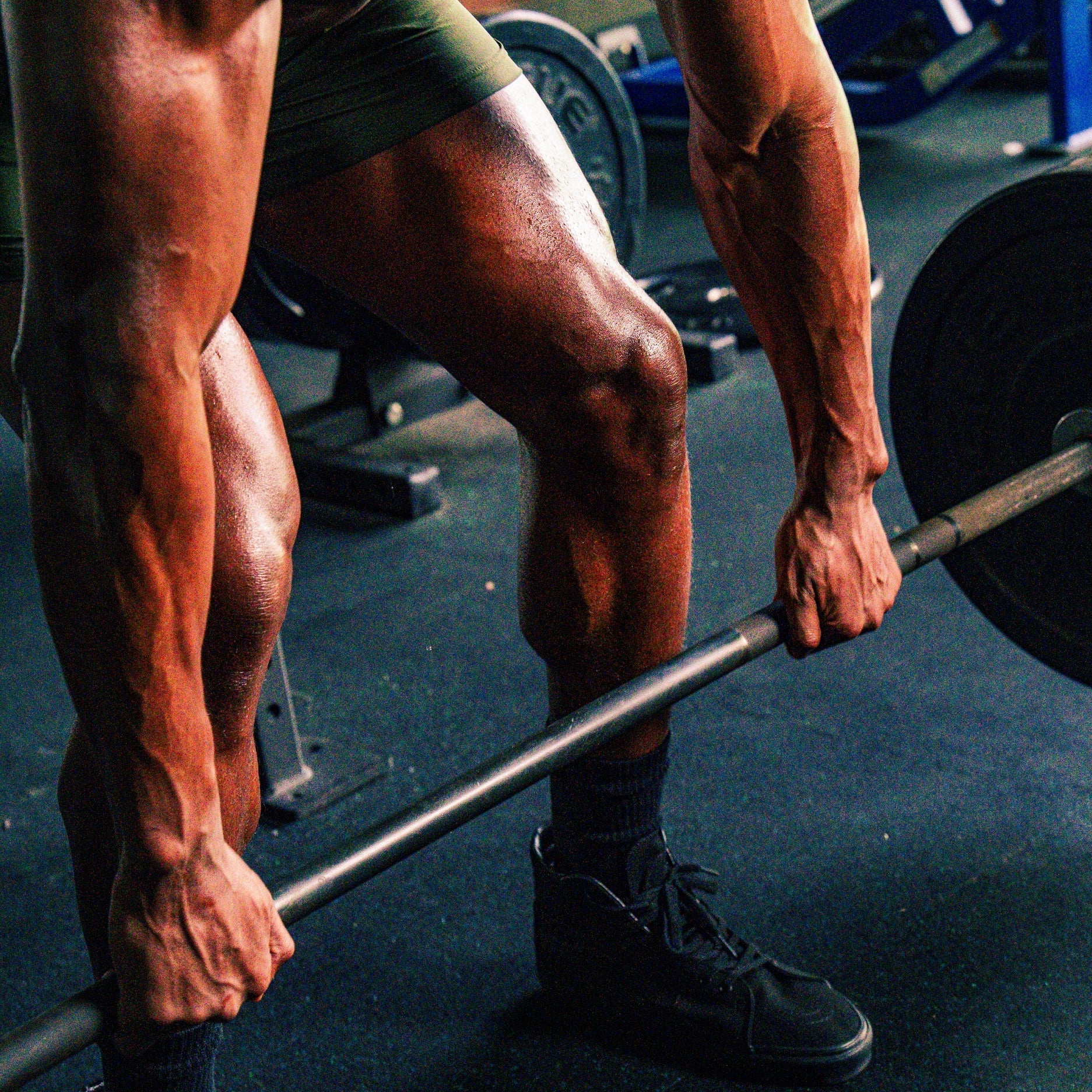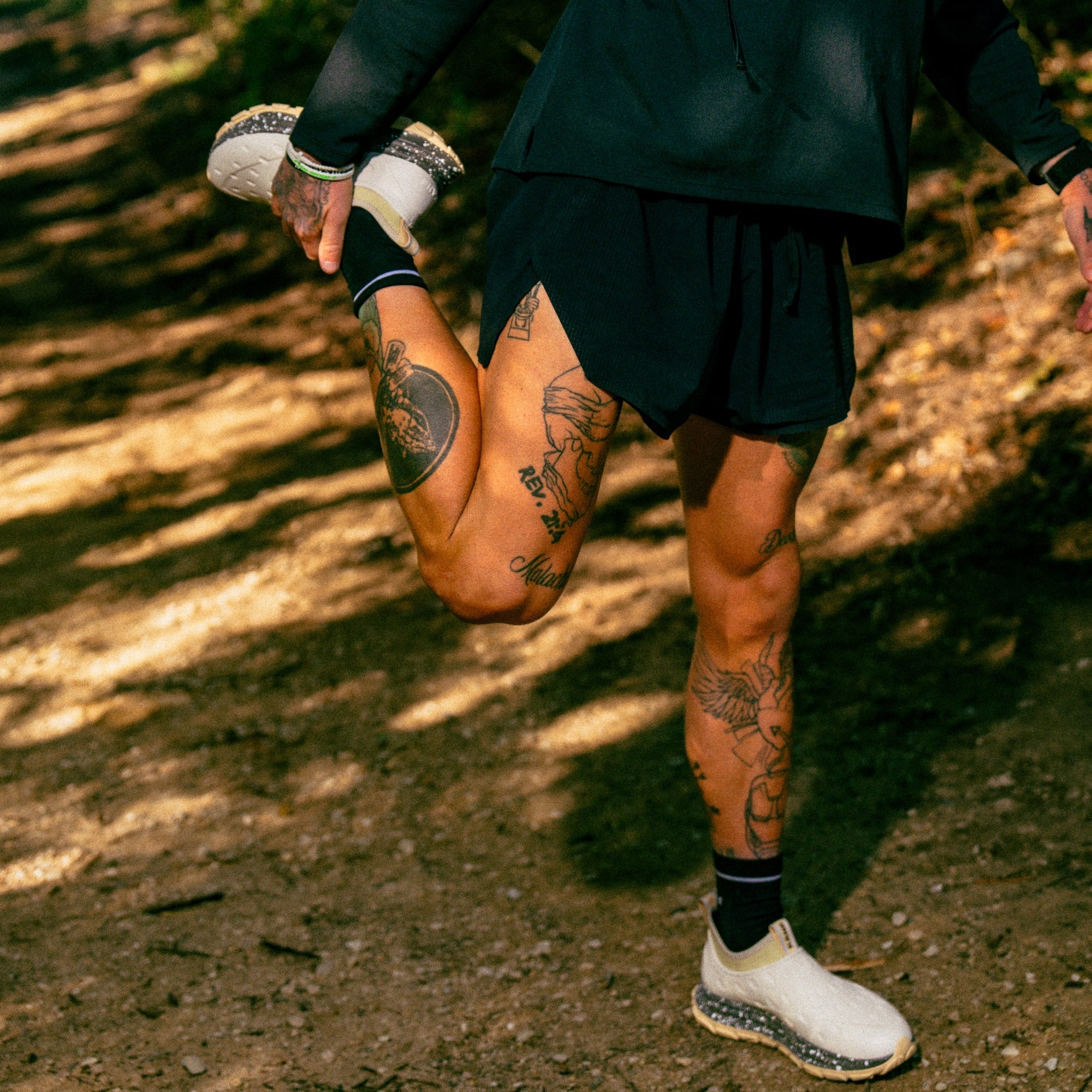Cold plunging, also known as cold water immersion, has become a popular recovery and wellness tool, embraced by everyone from professional athletes and fitness enthusiasts to spa clients and social media influencers. Whether you’re seeking faster recovery, enhanced performance, or a boost in mental clarity, exposing the body to chilly temperatures in a cold plunge can deliver benefits. However, timing matters: taking a cold plunge at different points in your workout routine—before or after—can have different effects.
The practice of cold water immersion dates back centuries, with its roots traced back to ancient Greece. Cold plunging has grown in popularity in recent years, fueled by the wellness industry's focus on innovative recovery practices and mental resilience. Understanding the science behind cold plunging and how it interacts with your workout goals can help you maximize the potential of this widespread practice. But is doing a plunge before or after a workout best? Here's everything you need to know about cold plunge timing.
Understanding the cold plunge
A cold plunge involves immersing your body in chilly water, typically between 50 and 60 degrees Fahrenheit (10 to 15 degrees Celsius), for 30 seconds to several minutes, depending on tolerance. You can do this with an ice bath, a cold plunge tub, or cold water swimming. The frigid temperature quickly lowers your body temperature, triggering the fight-or-flight response and setting off reactions in blood circulation, core temperature, and the nervous system.
In frigid water, blood vessels constrict to limit blood flow to your extremities, helping preserve warmth in vital organs. As circulation rebounds, many people feel a sense of clarity, calm, or even euphoria. These effects make cold plunges a popular choice for athletes to incorporate into pre- and post-workout routines, depending on their goals.
Benefits of a cold plunge before a workout
Starting a workout with a cold plunge might seem counterintuitive. Still, it may be beneficial, especially if you're working out in a hot environment, like a run on a summer day or a hot yoga session in a steamy studio.
Taking a plunge before exercising gives your nervous system a wake-up call, boosting alertness and focus—perfect for activities where sharp concentration is critical. Cold water immersion also impacts circulation. While it temporarily reduces blood flow to your extremities, the rebound effect as circulation kicks back in can leave your muscles feeling refreshed and ready to go.
Here’s a look at how an icy plunge before a workout can enhance your performance, depending on your goals and the intensity of your exercise.
- Enhanced alertness and focus: The initial shock of a cold plunge heightens alertness and stimulates the nervous system. This response may boost focus, which is ideal for starting a tough workout.
- Improved circulation for a fresh start: Although frigid water temporarily constricts blood vessels, the subsequent return of blood flow can increase circulation as the body warms, potentially preparing muscles for resistance or strength gains.
- Reduced muscle soreness for certain routines: Plunging before light workouts may reduce muscle soreness from prior intense activities, preparing the body for low-intensity training.
Cold exposure before a workout can also help clear the mind, reduce stress, and promote a sense of calm. Many cold plungers report a euphoric feeling afterward, which can boost motivation and focus and is helpful for mentally demanding or technical workouts.
While some in the fitness world find the energy boost helpful, it’s worth noting that cold exposure before a workout could restrict muscle growth and flexibility for certain activities. The restricted body temperature after a plunge may reduce performance for cardio or flexibility-focused workouts, which benefit from warmed muscles. Plunging before high-stakes endurance activities could also impact submaximal muscle function by limiting circulation.
Benefits of a cold plunge after a workout
People have been soaking in ice baths for ancient Greece, but taking a cold plunge after a workout has taken off in recent years, especially for those seeking to minimize soreness and promote faster recovery. Post-workout cold plunges provide a unique opportunity to reduce inflammation and manage delayed onset muscle soreness (DOMS) by slowing blood circulation and temporarily lowering your body's temperature.
This therapeutic reduction in blood flow and muscle protein synthesis breakdown can support quicker repair of muscle tissues, allowing for a speedier recovery and potentially improved performance in subsequent workouts. Whether recovering from a high-intensity routine or simply enjoying the soothing effects of cold water, ending your workout with a plunge can be a powerful addition to any recovery strategy.
- Reduced muscle soreness and inflammation: Cold water constricts blood vessels, reducing inflammation and speeding up the recovery process for sore muscles.
- Improved recovery of muscle fibers: For resistance and high-intensity workouts, plunging afterward may promote quicker recovery by reducing muscle protein synthesis breakdown, aiding in muscular repair.
- Relaxation and mental reset: A cold plunge after intense workouts can trigger a sense of relaxation and mental focus, creating a satisfying end to a workout routine.
Cold plunging after exercise may also offer long-term joint and muscle protection, particularly for endurance athletes, but the evidence is inconclusive. One thing's for sure: Ice baths, cold showers, and other cold water immersion techniques can relieve muscles, preparing them for the next day’s workout.
Timing cold plunges based on workout type
Cold plunging before or after a workout is not a one-size-fits-all choice. The timing can depend on the workout’s intensity and the specific goals you have in mind. If you're interested in optimizing performance and minimizing recovery time, aligning cold plunging with specific workout types can make a big difference. From endurance training to strength exercises, various workouts may benefit differently from cold exposure at certain times.
Understanding how cold plunging can either support or detract from your fitness goals will help you decide on the best timing to reap the benefits of cold plunges and boost recovery.
When to avoid a pre-workout cold plunge
For activities like endurance running, flexibility routines, or cardio-focused training, cold plunging beforehand can make muscles feel stiff and reduce circulation to critical areas. Since these workouts benefit from muscle warmth, consider saving the plunge for later.
When pre-workout cold water immersion may be beneficial
Cold plunging before short, intense workouts or HIIT (high-intensity interval training) sessions may improve alertness and briefly increase focus. For some, the quick surge of energy provided by cold plunging can be a motivating start, especially on days with resistance training or strength-based exercises.
When a post-workout cold plunging is most effective
Cold plunges work best after resistance training, sprinting, or heavy lifting, where muscle recovery is essential.Research has shown that cold-water immersion benefits workout recovery by reducing inflammation, allowing you to return to your fitness routine with less muscle soreness.
Important considerations for timing and safety
While frequent cold plunging offers various benefits, its effectiveness and safety depend on factors like duration, temperature, and individual tolerance. Cold plunging can carry risks if done improperly, particularly for those with underlying health issues, so talk to your healthcare provider before you begin. Understanding how to cold plunge safely is essential to maximizing the benefits while minimizing potential downsides.
Here are some safety tips, especially for beginners:
- Duration and temperature guidelines: Beginners typically start with 30 seconds to one minute at a water temperature between 50 and 60 degrees Fahrenheit (10 to 15 degrees Celsius). For those new to cold water immersion, shorter durations are generally safer, allowing the body to gradually acclimate to the colder temperatures of icy water. Over time, some people adjust to more frigid temperatures and may be able to increase their exposure—up to five to ten minutes. More research is needed to determine the optimal timing for sessions.
- Personal tolerance and individual goals: Cold plunge benefits related to accelerating post-exercise recovery can vary. Some may feel invigorated by a cold plunge before exercise, while others find it more beneficial after a workout. Listen to your body and observe how it responds to determine the most effective timing for you.
- Risks and precautions: Cold plunging comes with risks, especially for those with heart or circulatory conditions, so it’s essential to check with a healthcare professional before trying it. To stay safe, take precautions to avoid physical incapacitation or shock from the sudden cold.
Discover Kane Recovery Shoes!
Kane’s Recovery Shoes provide excellent support, comfort, and durability for those in need of top-notch recuperative footwear. Featuring an adjustable hook-and-loop single-strap synthetic upper, plush TPR footbed, and durable injected EVA outsole, these kicks come with all the right features to assist you during your rehabilitation journey.
Aside from providing quality products, they are also committed to sustainability. They have become a Certified B Corporation while dedicating 1% of their overall profits to environmental charities.
When and how to wear Kane Revive
The best moment to wear most recovery shoes is directly after a strenuous activity such as running or exercising. This helps minimize pain and launch the healing process. To guarantee maximum comfort and effective recuperation, ensure you wear your footwear correctly by tying up laces securely for a snug fit around your feet.
Conclusion
Adding a cold plunge to your workout routine can bring various benefits, from boosting alertness before you start to speeding up recovery. The ideal timing depends on your goals, the type of exercise, and how your body handles frigid water. A plunge can help reduce inflammation, lessen muscle soreness, and sharpen mental clarity. Whether you use it to kickstart your session or wind down afterward, a well-timed plunge can leave you feeling refreshed, resilient, and ready to take on the next challenge.
Frequently asked questions
Should you cold plunge before or after exercise?
Whether to cold plunge before or after a workout depends on your goals. A pre-training cold plunge can reduce the body's temperature and increase blood flow for a refreshing boost that may be helpful before light activity. However, plunging afterward may be better for intense or strength-focused routines, as it supports recovery and helps reduce inflammation by slowing circulation to sore muscles. Post-exercise cold water immersion can also help relieve delayed onset muscle soreness. Talking to an exercise physiologist or other healthcare provider can help you clarify if pre- or post-workout cold plunging is best for your specific needs and workout type.
Is it better to ice before or after exercise?
Ice baths or cold therapy is generally more beneficial after exercise, as cold exposure helps reduce inflammation, manages circulation, and aids in recovery. Post-workout icing can reduce the risk of swelling and speed up workout recovery, particularly after high-intensity or strength-based sessions. Cold water exposure can also help give the muscles a break after a challenging workout. However, icing before exercise could limit muscle performance and flexibility by tightening tissues, affecting exercise performance. As a result, most people prefer icing after exercise.
What are the best times to cold plunge?
Depending on your goals, cold plunges are generally most effective in the morning or after a workout. Morning cold plunging is a refreshing way to wake up, stimulating the immune system and increasing blood flow. After a workout, cold water immersion can support recovery, reduce inflammation, and help manage muscle damage. Both times can help reduce soreness, improve insulin sensitivity, and boost brown adipose tissue activity, which may support metabolism. Be mindful of temperature and duration, especially if you have underlying health conditions. Talk to a healthcare provider before you take the plunge.
What not to do after a cold plunge?
After a cold plunge, it's essential to allow the body to warm up gradually. Avoid jumping into a cold shower or exposing yourself to other cold environments immediately afterward, as this can overtax the body's ability to self-regulate.
Experts don't recommend engaging in intense activity right after cold plunging, either. Instead, give your body time to normalize its blood flow and blood pressure. If you have underlying health conditions or concerns about cold exposure's impact on your body, consult a health professional.
Should you do a cold plunge or sauna first?
Whether to do a cold plunge or sauna first depends on your goals and preferences.
If you want to reduce inflammation, start with a sauna session to relax your muscles and increase blood flow, then follow it with a cold plunge to minimize muscle soreness and inflammation. This combination mimics contrast therapy, where alternating between hot and cold improves circulation and recovery.
If you want to focus on relaxation, consider starting with the cold plunge to lower your core body temperature, followed by the sauna to promote deeper relaxation and blood vessel dilation.
Experiment with both to see what feels best for your recovery and wellness routine.
No content on this site should ever be used as a substitute for direct medical advice from your doctor or other qualified clinicians.



